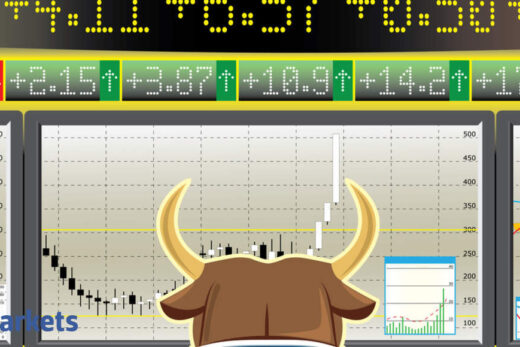From pigs to sharks to ostriches, each of these terms denotes distinct traits of the market. Read to know all about these creatures and what they signify for investors. Which of these is you? Find out.
1. Bulls
Bulls are investors who are optimistic about the stock market. They believe the price will continue to rise. One can be bullish about individual stocks, a sector or the market as a whole. A sustained uptrend is called a bull run.
 ThinkStock Photos
ThinkStock Photos2. Bears
Bears are the polar opposite of bulls. They are pessimistic about the stock market and believe that prices are likely to fall. They are so sure that they even sell shares they don’t own. When shares consistently decline, it is called a bear market.
3. Rabbits
 iStock
iStockRabbits buy shares for very short durations, ranging from a couple of weeks to intra-day buying and selling. Rabbits can make money very quickly, but need to be lucky all the time. They also incur high transaction costs due to frequent trading and the gains attract 15% tax.
4. Tortoises
Unlike the overactive rabbits, tortoises invest slowly and steadily. The typical tortoise is the longtime SIP investor or the index ETF buyer who keep plodding on despite volatility in the stock market. Tortoises win in the long term but can earn better returns if they are a little more active.
5. Snails
Some investors are content with very low returns. They will put money in low-yield traditional life insurance policies or in bank deposits. Some even let their money idle in a savings bank account. Snails don’t realise that their money loses value due to inflation.
6. Chickens
 iStock
iStockThese are investors who easily get unnerved when markets tumble. Chickens tend to invest at random. They get drawn to the market on the basis of tips after a big bull run and panic when stock prices turn volatile. Chicken often lose more than they gain.
7. Pigs
Often, investors who make good money on their initial bets, turn greedy and unrealistic. These are pig investors who have very high expectations and hold on to stocks (or buy more) in the hope of even greater gains. Pigs are the biggest losers in the stock markets.
8. Ostriches
 ThinkStock Photos
ThinkStock PhotosMany investors suffer from a confirmation bias. They seek information that supports their own beliefs and disregard views that don’t. Like an ostrich buries its head in sand when faced with danger, these investors turn away from negative news. As the market rebound from March lows has shown, this can sometimes work in your favour. But one should not ignore market realities.
9. Sharks
Sharks are dangerous for investors. They lure retail investors with promises of very high gains on obscure stocks. Working in a team, sharks will push up the stock price by trading among themselves. When the price is very high, they dump the stock on unsuspecting buyers and vanish.
10. Whales
 iStock
iStockThese are not individuals but large institutional investors with very deep pockets. Whales such as FIIs and domestic institutional investors move slowly but have the potential to change the market mood with their mega-sized transactions. Small investors should watch what whales are doing to know where the markets are headed.
11. Sheep
Sheep investors have a herd mentality and blindly follow suggestions from investment advisers, SMS tips, TV anchors and other financial gurus without ascertaining if the investment suits them or not. Being followers of trends, they are the last to enter bull markets and exit bear markets late.



